Optimal Timing for Arbor Installations
Determining the optimal time for arbor installations depends on various factors, including climate, tree species, and local conditions. Proper timing ensures healthy growth, minimizes stress, and promotes successful establishment of new trees.
Spring is often considered ideal for arbor installations due to active growth periods, allowing trees to establish roots before summer heat.
Fall provides cooler temperatures and increased moisture, which can reduce transplant shock and support root development before winter dormancy.
Summer planting is possible but requires extra care to prevent drought stress and ensure adequate watering during hot months.
In regions with mild winters, planting can be done during dormancy, but in colder climates, it is generally avoided to prevent damage from freezing temperatures.
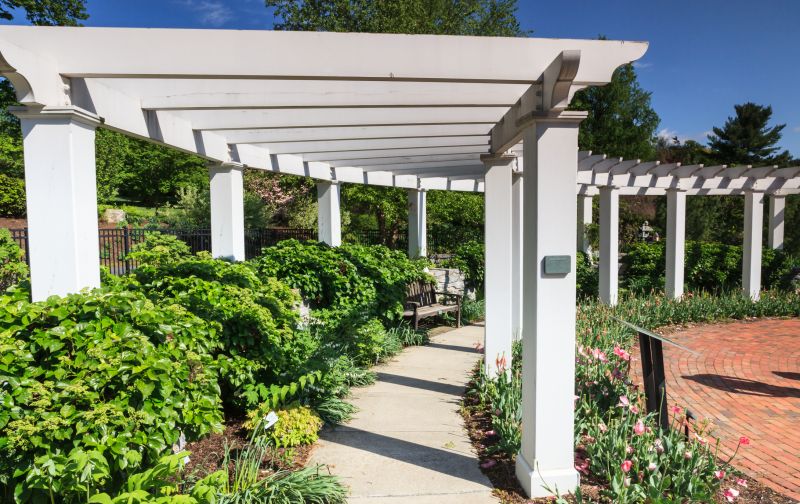
Ways to make Arbor Installations work in tight or awkward layouts.
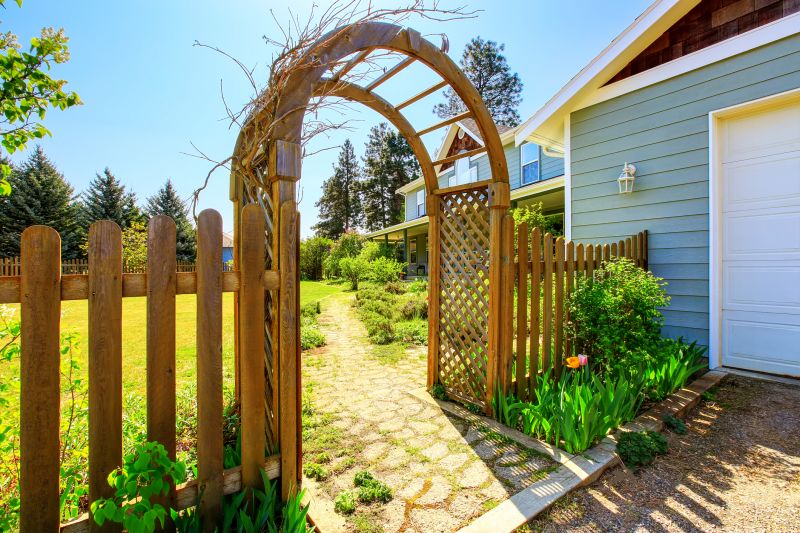
Popular materials for Arbor Installations and why they hold up over time.

Simple add-ons that improve Arbor Installations without blowing the budget.
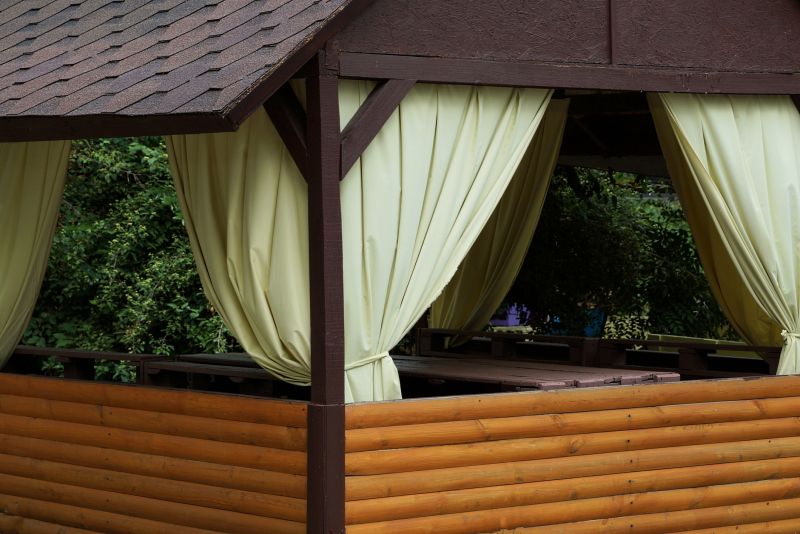
High-end options that actually feel worth it for Arbor Installations.
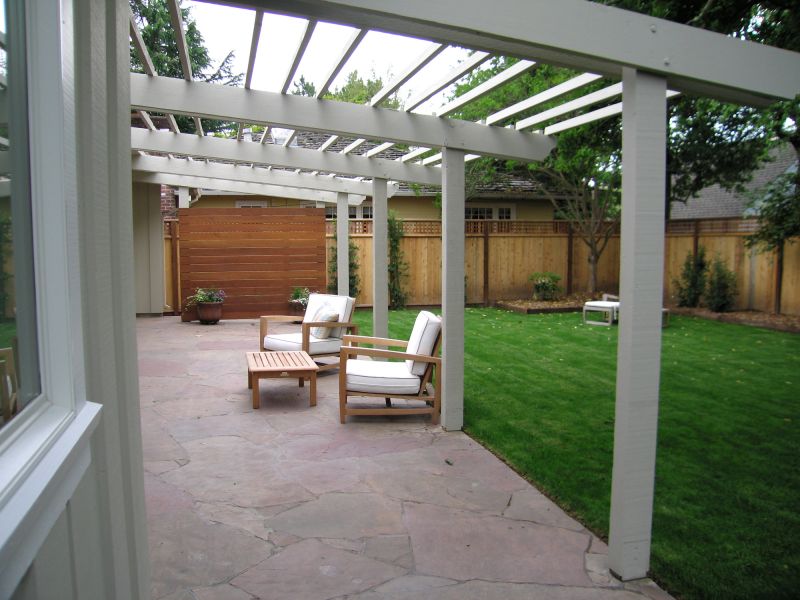
Finishes and colors that play nicely with Arbor Installations.

Little measurements that prevent headaches on Arbor Installations day.
Arbor installations are a crucial part of landscape development and urban planning, contributing to aesthetic appeal, shade provision, and ecological benefits. Proper timing enhances survival rates and reduces maintenance needs. Statistics indicate that trees planted during optimal seasons have a higher success rate, with survival rates exceeding 80% when planted in spring or fall, compared to lower rates in other periods.
Selecting the right time for planting involves consideration of local weather patterns, soil conditions, and the specific requirements of the tree species. Proper preparation, watering, and aftercare are essential to ensure healthy establishment and long-term growth of the trees.

A 60-second routine that keeps Arbor Installations looking new.

A frequent mistake in Arbor Installations and how to dodge it.

Small tweaks to make Arbor Installations safer and easier to use.
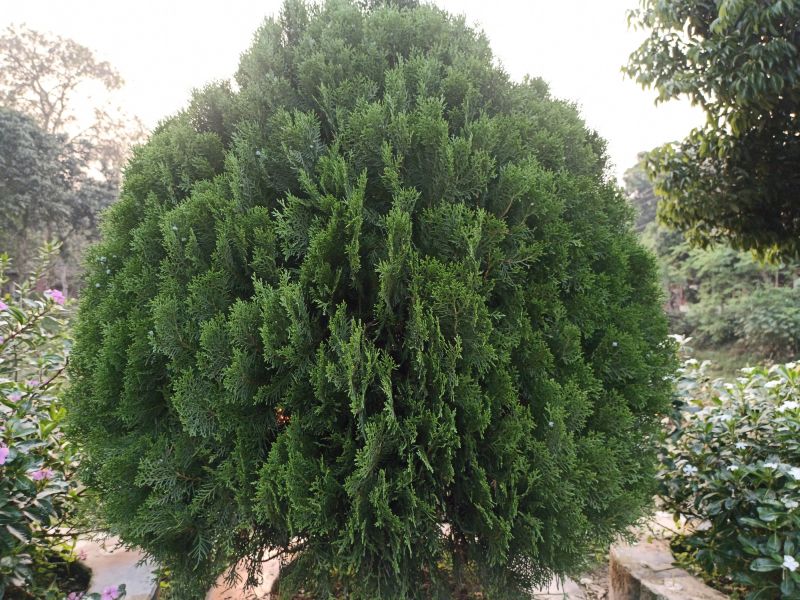
Lower-waste or water-saving choices for Arbor Installations.
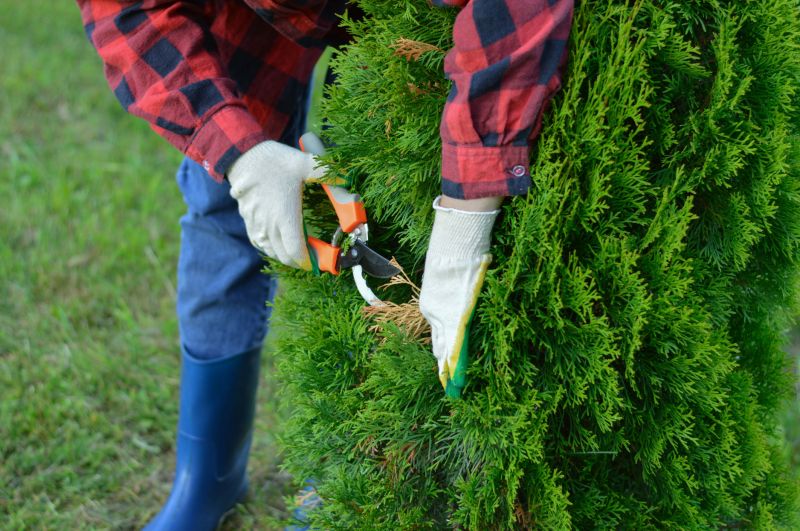
The short, realistic tool list for quality Arbor Installations.
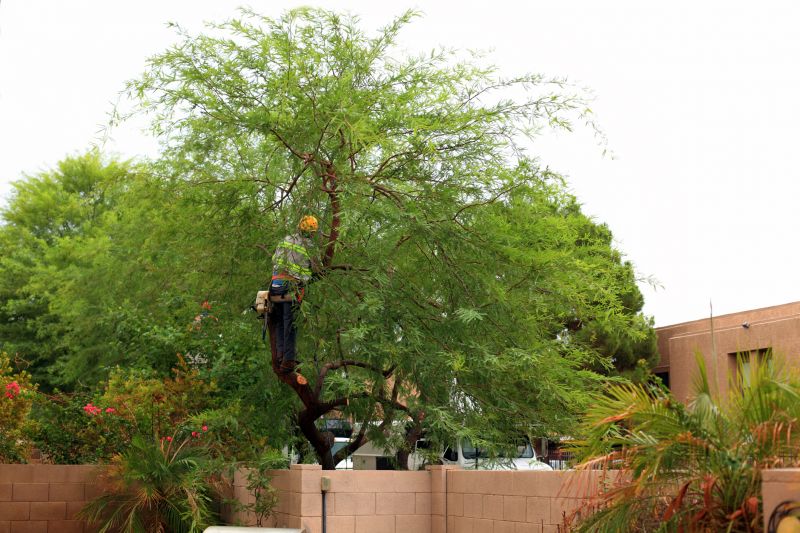
Rough timing from prep to clean-up for Arbor Installations.
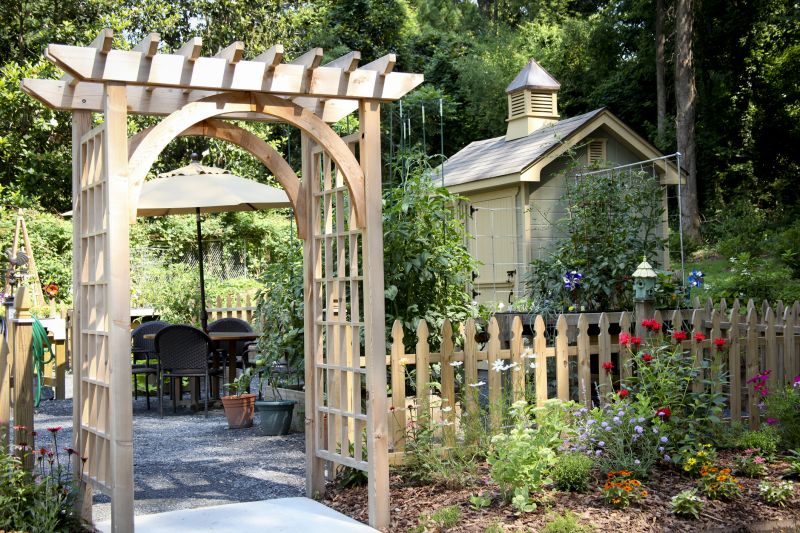
Quick checks and paperwork to keep after Arbor Installations.

Examples that show the impact a good Arbor Installations can make.
| Season | Best Practices |
|---|---|
| Spring | Plant early in the season, ensure soil is workable, and provide regular watering. |
| Fall | Plant when temperatures are moderate, and prepare for winter dormancy with proper mulching. |
| Summer | Use deep watering strategies, provide shade if possible, and monitor moisture levels. |
| Winter | In mild climates, plant during dormancy; avoid in freezing temperatures. |
| Regional Variations | Adapt timing based on local climate and specific tree species requirements. |



